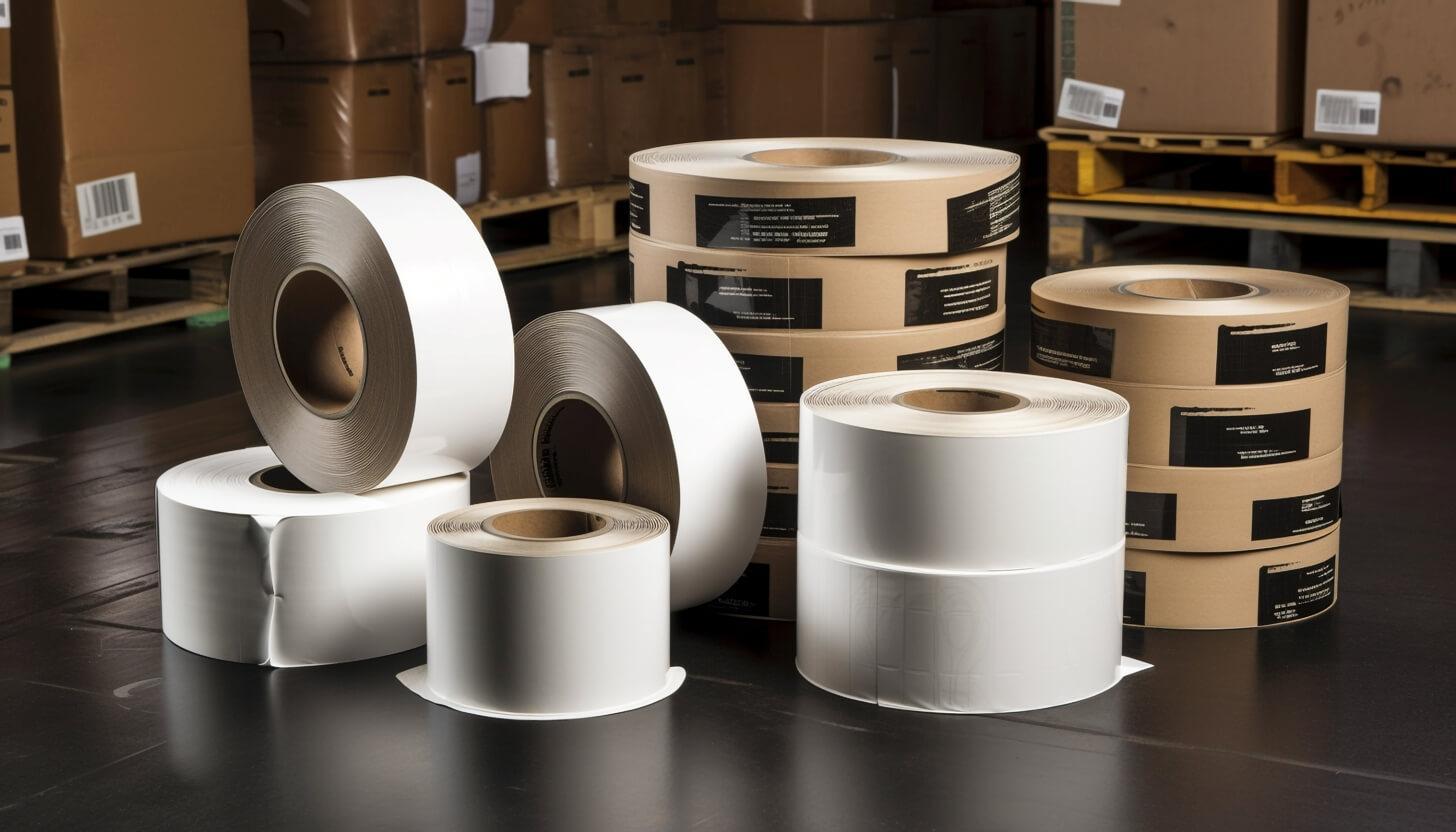In areas such as crafting, home remodelling or any other industrial projects,industrial double-sided tape is essential. That makes it the best compromise solution for many tasks, whether it is suspending decorations for an event or attaching parts in a manufacturing plant. But the goal is to achieve the best outcome, and for this, you need to use it correctly. Here, we’ll look at some of the things that you may need to know how to do when you get an adhesive double-sided tape largely looking at how you can choose the right adhesive tape for your project.
Learning about the Adhesive Double Sided Tape
Adhesive double-sided tape is another fundamental type of tape that is defined by a thin strip of material with an adhesive coating on both faces. This design enables two surfaces to be joined together and achieve a tight connection with no possibility of fasteners being used to attach these surfaces. One must know the many kinds of adhesive tapes, which can be easily distinguished according to their adhesive capacity, thickness and their usage. For example, industrial double-sided tape may be designed for specific rugged use and, therefore appropriate for commercial applications whereas those of lesser permissible loads would be more appropriate for crafting or household use.
Selecting the Right Tape
In application, there is one crucial aspect that should be decided on beforehand, namely which adhesive tape one should use. Consider the following factors:
- Surface Material: One may require different forms of tape depending on the surface in question. For instance, a smooth surface such as glass or metal may require a powerful adhesive while a textured or rugged surface may be okay with a regular stick on tape.
- Weight of the Items: In the case of the items that have a greater mass, the use of industrial double-sided tape is advised since it will not peel off but support the mass of the item. Slightly complex projects may require just adhesive double-sided tape mostly used in other constructions.
- Environmental Conditions: In your project, if the project will come across water, heat or cold exposure, ensure you put the type of tape that will suit those conditions. There are waterproof and heat-resistant options suitable for such uses.
- Length of Bond: One should identify the period that is required in order to use this bond or the time that shall take before it is transformed into the bond necessary for a given situation. Tapes are available as those that bond irreversibly and those that can be moved or shifted around.
Preparing the Surface
If the right double sided sticky tape has been chosen then preparation is very important. Follow these steps:
- Clean the Surface: Make certain that both surfaces do not contain dust, oils or moisture present on their surface or in the surroundings. After that, it is necessary to get them by using isopropyl alcohol or an appropriate cleaner, to which the tape is going to be applied.
- Dry the Surface: After washing allow the surfaces to dry to remove the residual cleaning agents. This step is important because, if moisture comes into contact with the surface it’ll start to deteriorate the adhesive bond.
- Temperature Consideration: This type of tape should be fixed in a temperature-controlled environment in order to achieve the best adhesion. Approximately all the adhesives will work optimally when the temperature of the surface is within a range of 15°C to 30°C.
Application Techniques
Now that your surfaces are prepped, it’s time to apply the adhesive double-sided tape:
- Measure and Cut: Check the length of tape required and then trim this to the right size. This makes the application easier when a sharp knife or scissors is used to make the edges neat.
- Peel and Stick: Tape can be used to label items starting with peeling one side of the backing paper gently. Place it on the first layer and fix it firmly to float on the surface so that no bubble is formed. I find it effective to work from one side of the face to the other to get a balanced layer.
- Remove the Second Backing: When the first side has been already aligned, remove the second layer of backing. Again make sure to place your item appropriately, and take some time to apply pressure on it for it to stick well.
- Apply Pressure: When it has been applied to the surface, one should make use of pressure when applying the tape. This assists the adhesive in moistening and therefore improves adherence.
Conclusion
As suggested, adhering to double-sided tape can be simple if follow these guidelines. To provide the best result, here are the steps to follow from selecting the right type for your project to the proper application. You should bear in mind that, whether you are applying it at home for a DIY crafting project or in an industrial setting, the time taken to ensure that your tape is well applied contributes to the success of your project. Therefore, get ready and start creating with confidence!
